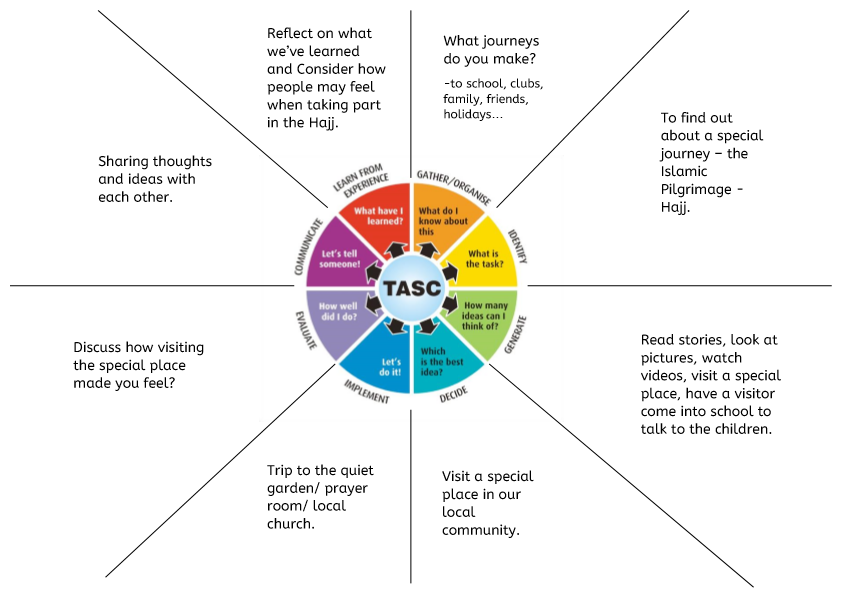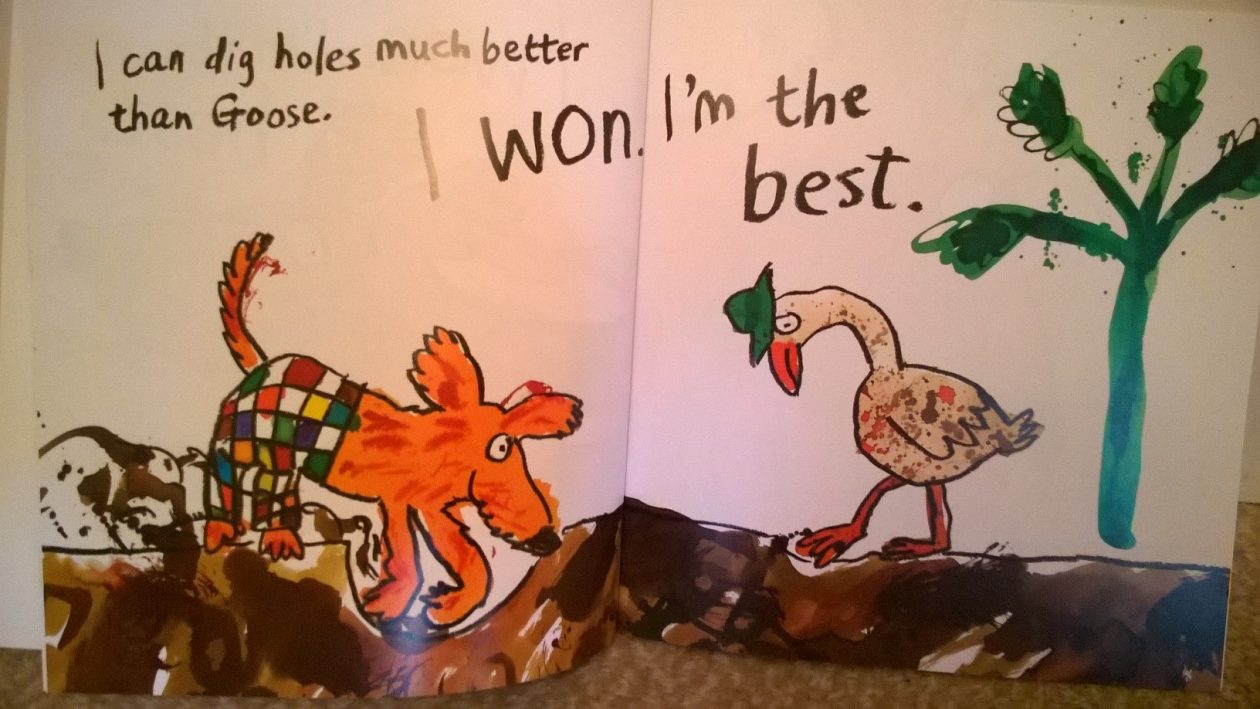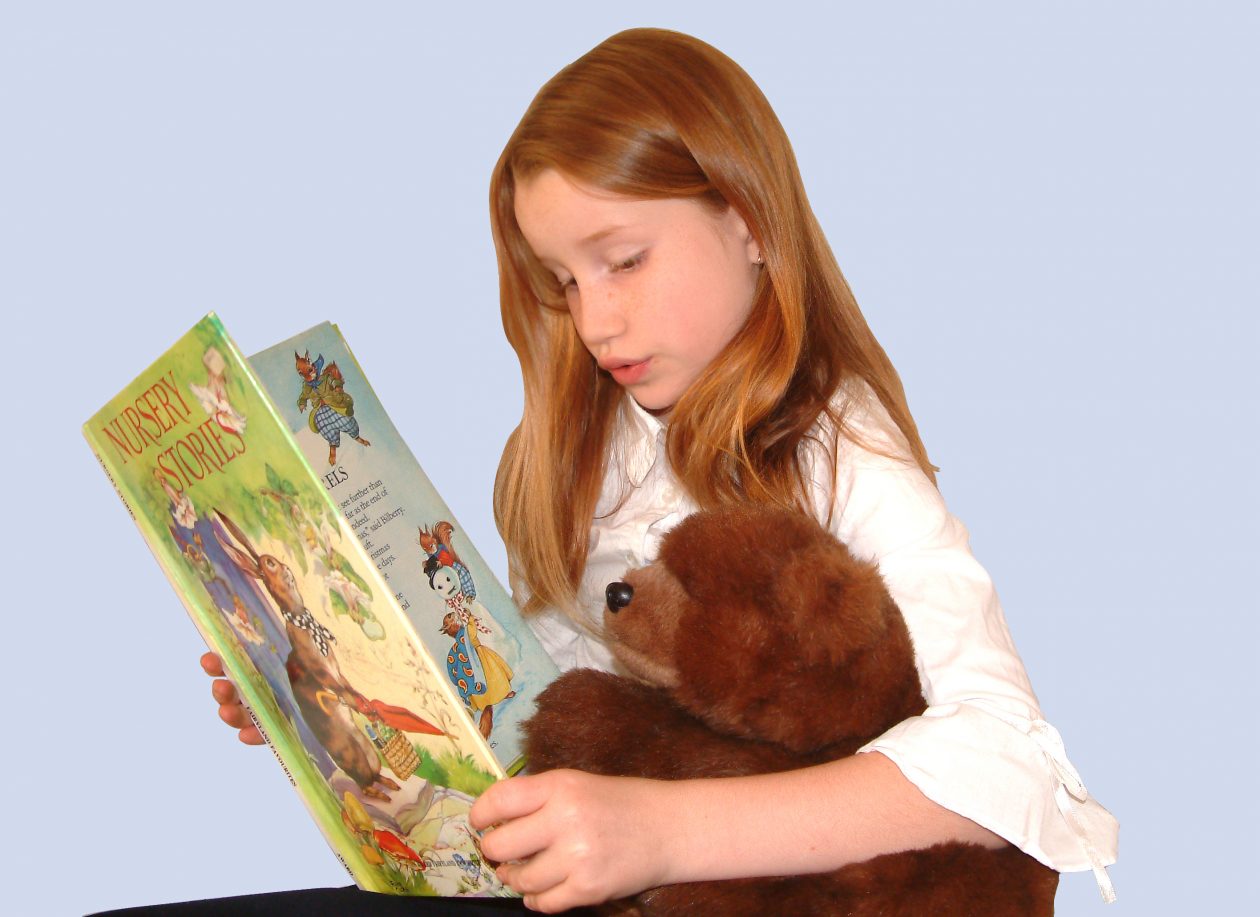During this semester, I am being encouraged to think about my personal philosophy of teaching. Within my first ever post, I wrote a short paragraph about the type of teacher I’d like to become – here’s what I wrote:
What kind of teacher do I want to become?
During my time working in early years settings, I have come to understand the importance of strong bonds and relationships between adults and children. I have found that the best practitioners are those who are open, honest and have a true interest in what the children and their families have to say. I hope to bring these skills to my work within the classroom and to become the kind of teacher who allows every pupil to feel valued and listened to.
My work within the nature nursery has opened my eyes to the many benefits of outdoor learning, from greater concentration and focus to creative skills and health and wellbeing. This is an area which I have found a great passion for and would like to continue as I begin working with older children.
Finally, I feel that I am an enthusiastic and positive individual and I would like to become the type of teacher who other staff can approach for support, ideas and guidance where possible. Within a School setting, no teacher is an individual and everyone is working with a common goal which is to provide children with the greatest possible experiences and opportunities throughout their education. I hope that in the future I can be a valuable member of any team that I am a part of.

I still strongly believe in the importance of relationships. I feel that the best learning takes place when pupils feel valued, safe, encouraged, and supported. This relates to Maslow’s hierarchy of needs, where children need to have the strong foundations of their physical and emotional needs being met before their can progress on to achieving their full potential.
I also continue to value outdoor learning, however I have now developed this in that I strongly feel that pupils should be provided with a range and variety of learning experiences and activities. This is because every pupils is an individual with their own needs, interests, and preferences, and by providing different types of activities a teacher can help to support these.
I believe that children learn best through being actively involved in their learning. There is a quote which floats about the internet which sums up my feelings on this:
Tell me and I forget,
Teach me and I remember,
Involve me and I learn
(This quote has been attributed to various different people including Benjamin Franklin).
I have attempted to write an updated teaching philosophy:
I believe that learning is a lifelong process which is as much about the journey as it is about the end goal.
My role as a teacher is to provide learning environments and experiences that will motivate, inspire, and challenge pupils. I hope to provide my pupils with a safe and secure classroom environment where all learning and attempts at learning are valued, and that mistakes are seen as a positive (even by the teacher!) I also aim to value each child’s individuality (in personality, interests, and learning needs) by providing a variety of learning experiences and activities ranging from written work in jotters, to ‘risky’ outdoor play.
I hope to be able to provide my pupils with the skills that the need to succeed within education, and also throughout their lives. This includes problem solving skills, critical thinking, and the ability to question information. I also hope to promote resilience by allowing children to ‘fail’ and make mistakes, as well as try things out for themselves and take risks.
My role as a teacher will vary from leading the learning and playing a very active role, to stepping back and playing a supportive role while scaffolding children’s discovery. I will also aim to be a positive role model for my pupils; getting excited by learning and engaging with the activities and experiences where appropriate.
Some of my further beliefs about teaching and learning:
- There’s nothing wrong with a noisy classroom, as long as it is productive noise,
- Children need opportunities to talk to support their thinking,
- Children also need opportunities to work with others, in mixed ability groups (even across age/ class groups)
I fully expect that this philosophy will be updated and changed again many times as I continue through my training and teaching career. This is because teachers should never stagnate, and must consider new evidence, strategies, theories, and methods. That being said, there are aspects of my philosophy which have developed over years of experience of working with children, and some that are linked with my personality, and therefore these are unlikely to change.



























































 is taking place and the effectiveness for their pupils, while being realistic and flexible enough to make alterations if appropriate. I didn’t realise it until now, but I have used this form of reflection while working within nurseries. Occasionally I would come to the children with a carefully planned activity which had taken me a long time and I was very pleased with. I had clear learning goals and I was adamant that it would work well, however when putting it into practice I found that the children were not engaged. At this point I needed to quickly deduce the reasons that the activity was not working, and make changes.
is taking place and the effectiveness for their pupils, while being realistic and flexible enough to make alterations if appropriate. I didn’t realise it until now, but I have used this form of reflection while working within nurseries. Occasionally I would come to the children with a carefully planned activity which had taken me a long time and I was very pleased with. I had clear learning goals and I was adamant that it would work well, however when putting it into practice I found that the children were not engaged. At this point I needed to quickly deduce the reasons that the activity was not working, and make changes.
